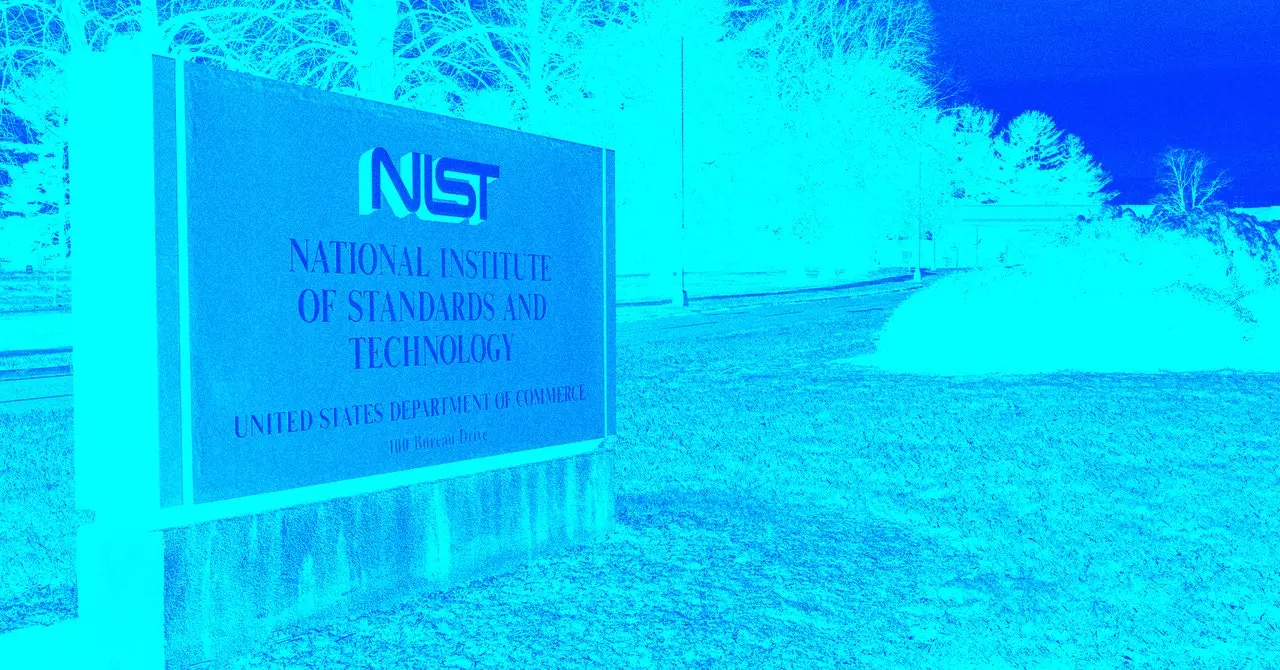The National Institute of Standards and Technology (NIST), a vital federal agency focused on enhancing American innovation and industrial competitiveness, is facing potential layoffs that could devastate its workforce and stifle key technical developments. This situation emerges at a time when the agency’s mandate is more crucial than ever, from regulating safety standards for consumer products to developing standards for advanced technologies like quantum computing. As these impending cuts approach, the broader implications for both the agency and the nation should not be overlooked.
The tension at NIST has been escalated by recent executive decisions at the highest level of government. Under the Trump administration, an initiative birthed by the Department of Government Efficiency has ignited concerns about an aggressive reduction in workforce. Allegations suggest that consulting the billionaire Elon Musk and the organization known as DOGE—an allusion to a movement that has fled from traditional regulatory oversight—have prompted scrutiny not only of financial practices but of federal operational protocols. With the new administration focused on slashing budgets, many within NIST feel anxious, fearing that crucial projects may lose personnel and funding.
The anxiety of NIST employees comes to a head with accusations of DOGE representatives seen within the agency’s premises. Reports suggest these individuals sought access to NIST’s critical information technology systems, which raises questions about the agency’s operational sovereignty and the overall protection of sensitive data. The impact of these visits looms large; they are indicative of an environment fraught with uncertainty and disruption.
Recent reports indicate that around 500 employees who are still in their probationary period are expected to face layoffs as part of the cost-cutting measures. This includes individuals who have been lauded for their expertise and contributions to federal initiatives. The anticipated cuts do not merely target junior staff; prominent lab directors and well-respected technical experts are also at risk, jeopardizing crucial leadership necessary for navigating complex scientific challenges.
Additionally, the U.S. AI Safety Institute (AISI), vying for clarity in the evolving AI landscape, could see devastating impacts. Established under a previous administration’s vision of balancing AI advancements with inherent risks, the AISI’s future is now uncertain, especially with signals from Vice President JD Vance indicating a shift away from prioritizing AI safety measures. Layoffs within this institute are not just a personnel issue; they represent broader national concerns about safety, innovation, and ethical standards in artificial intelligence.
As layoffs loom, the agency has already experienced a wave of resignations among its leadership. Elizabeth Kelly, the inaugural director of AISI, recently announced her departure, exemplifying the turbulence currently surrounding NIST. With the departure of key figures such as Kelly and others instrumental in shaping the agency’s safety protocols for AI, the remaining staff face a challenging path forward. With public confidence in the administration wavering and numerous high-profile leaders exiting, the agency risks losing both institutional knowledge and the momentum crucial for the critical research it oversees.
Moreover, as received reports indicate that other AI safety experts are leaving, NIST stands to diminish its capabilities at an exceptionally crucial juncture. An agency tasked with ensuring safety and reliability across a variety of fields cannot afford to lose its most knowledgeable personnel without dire repercussions to its project outcomes and national innovation.
The potential fallout from these layoffs extends well beyond individual employees and their professional trajectories; it speaks to the resilience of an entire agency navigating tumultuous political waters. As the NIST prepares for imminent layoff announcements, support networks are critical for maintaining morale among remaining employees and ensuring continuity in workstreams.
Both current and former NIST employees reflect the sentiment that the agency deserves stable leadership dedicated to preserving its legacy while also adapting to new initiatives. To safeguard a future where America leads in standards and technological advancements, it is imperative that decisions be made with careful consideration, recognizing that the people behind the agency determine its ability to innovate and maintain safety across industries. The time for conversation, reflection, and action is now—uncertainty in the landscape should not dictate a retreat from responsibility or innovation.

